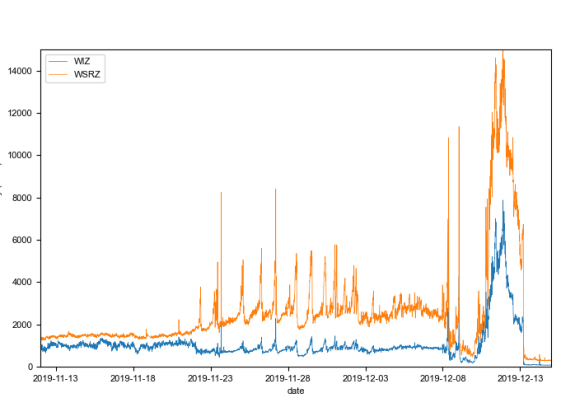New high accuracy precursors to phreatic eruptions recognised at Whakaari
A recent publication offers a potential forecasting approach that uses eruption precursors for volcanoes that experience sudden phreatic and phreatomagmatic eruptions.
Phreatic eruptions are small, sudden events, commonly with few precursory signals. They’re driven by interactions between magmatic and hydrothermal processes at shallow levels beneath the surface. The 9 December 2019 eruption of Whakaari (White Island), New Zealand, was a phreatic eruption.
This recently published journal paper(external link) shows that a sequence of banded tremor events, which occurred several weeks before the 9 December 2019 eruption of Whakaari (White Island), New Zealand, can be used to hindcast this eruption. The banded tremor sequence reveals a progressively decreasing time interval between tremor bands. Extrapolating the tremor bands to a time interval of zero provides an accurate estimate, at least one week prior to the eruption, to within 10.2 hours of when the eruption would occur, with a 2.8-day range between 95 % confidence intervals.
A similar set of tremor signals appeared before the 27 April 2016 eruption, and these signals provide a very accurate hindcast of this eruption to within 2.61 hours, with a 2.2-day range between 95 % confidence intervals.
Our analysis indicates that this potential forecasting approach may prove useful for successfully and accurately forecasting future eruptions at Whakaari. The approach also may be applicable to other volcanoes similar to Whakaari that experience sudden phreatic and phreatomagmatic eruptions.

Craig Miller
Beneath the Waves Programme Leader & Volcano Geophysicist